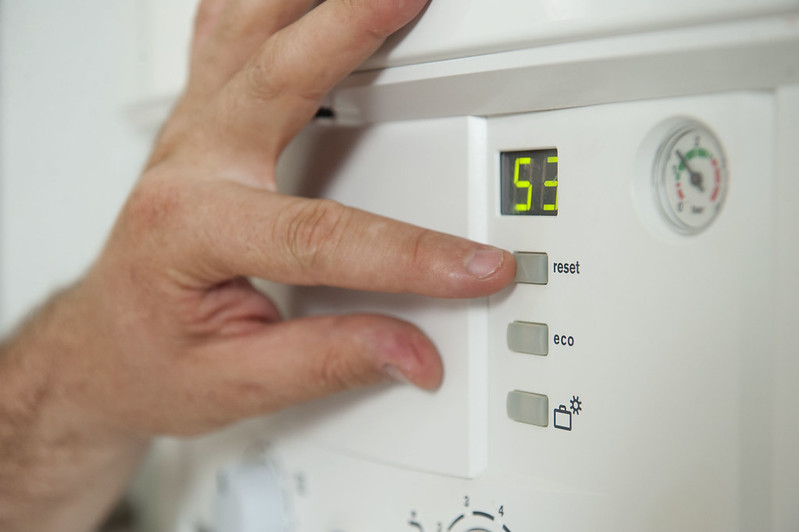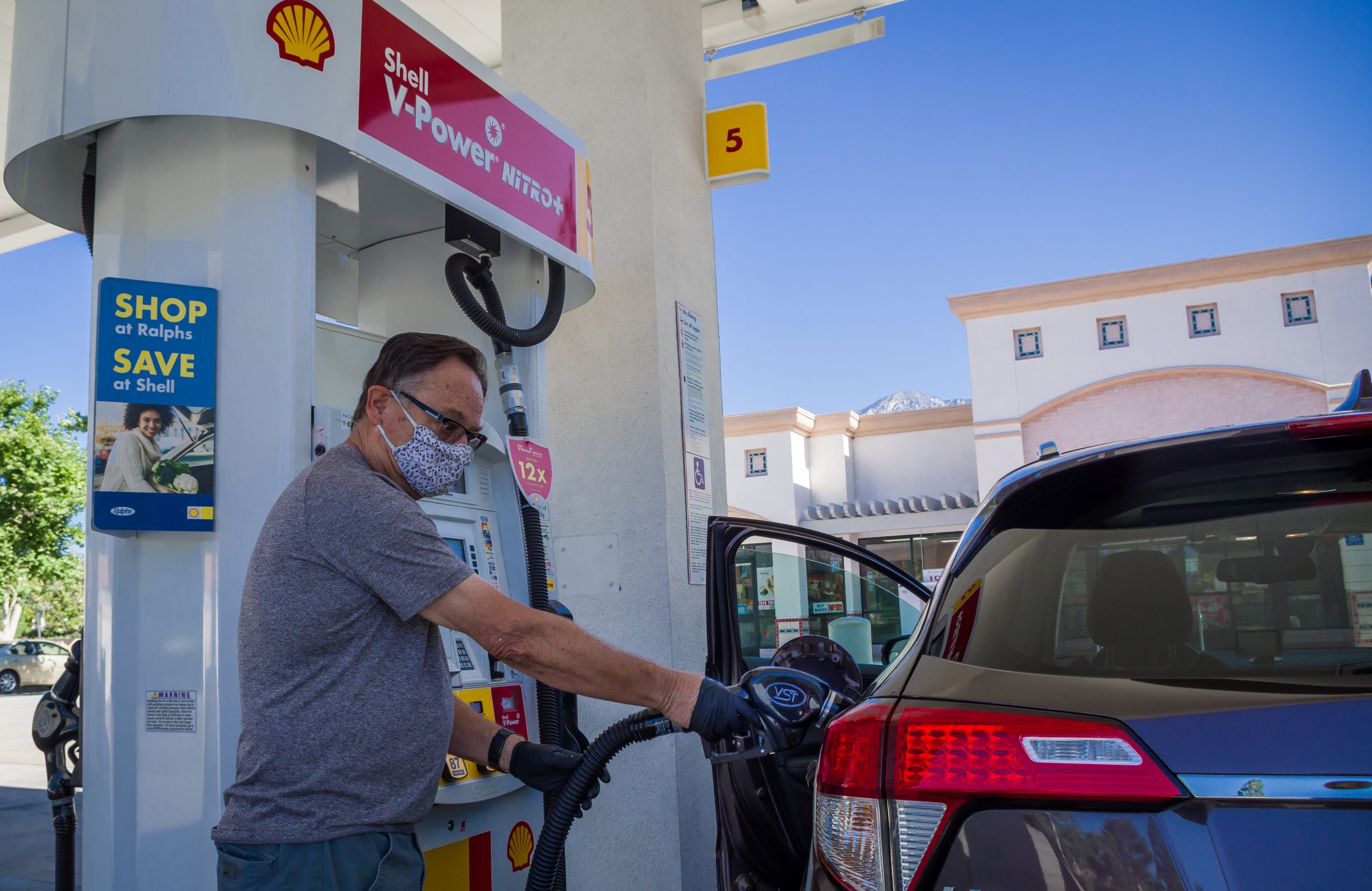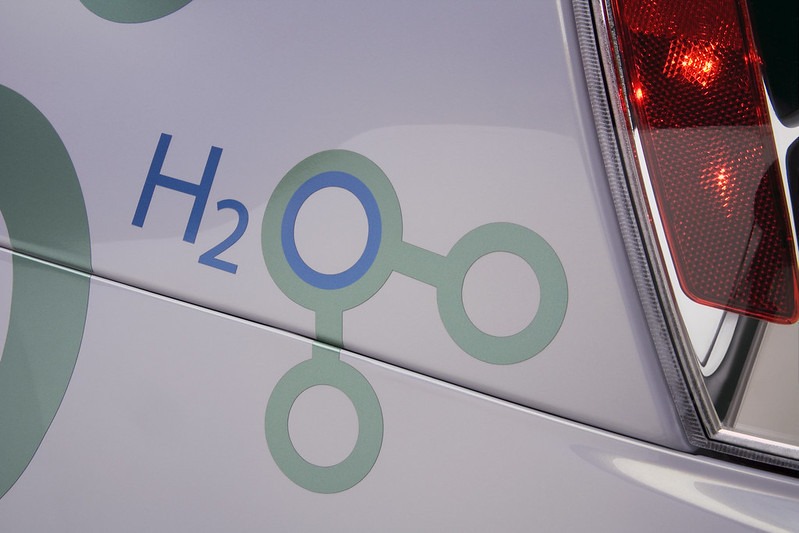20% Blend of Hydrogen to be Used by The Gas Grid by 2023: Here’s How

After it was announced the gas grid is ready for a 20% hydrogen blend from next year, Hydrogen Industry Leaders looks at whether this is achievable and what it means for homes across the UK.
The trade body of network companies has explained that the gas grid will be able to deliver more hydrogen to households across the UK as early as 2023.
Capacity will be a 20% blend, which is the maximum level standard boilers can manage before needing to be replaced by ‘hydrogen ready’ boilers. It is expected to dramatically reduce carbon emissions released from heating our homes.
Incredibly, a third of household emissions come from heating our homes, so this is a big step towards meeting climate goals by 2050.
20% is a step in the right direction – but are we already 5 steps behind?
Speaking in an interview, David Smith, Energy Networks Association Chief Executive explained: “Whether it be heating our homes, powering our businesses or generating cleaner electricity, hydrogen will help drive up our energy security, while driving down our carbon emissions – and Britain’s gas grid companies are ready to get on with the job of delivering that.”
This plan sets out the changes needed to deliver cleaner, more secure energy supplies for all.
The 20% blend is expected to be created using green hydrogen, ensuring no emissions are released from the contribution of hydrogen.
While this blend is not the entire solution to the problem, it creates the building blocks for the further rollout of hydrogen in the housing sector.
Despite the optimism surrounding the blend, questions are surrounding the levels of hydrogen currently available and whether it will be substantial enough to fill the 20% capacity needed.
Progress is already capped at a certain blend due to the level of older gas boilers still in place across the UK. Without sufficient grants for ‘hydrogen ready’ boilers, progress will be dramatically hampered.
Huge press to build a business case for government
This issue is amplified when you consider that UK households need to reduce their carbon emissions by 95% to reach ambitious 2050 targets.
Looking to avoid a chicken and egg situation, the networks are hoping that providing capacity will lead to further funding and developments from the central government. A ramp-up of hydrogen production will undoubtedly lead to further progress.
If capacity is met, the emissions saved will be equivalent to 2.5 million cars being taken off the road.

